When Was The Telescope Made?
The invention of the telescope is a pivotal moment in the history of science, marking the beginning of modern astronomy and significantly advancing our understanding of the universe. The telescope, as we know it today, was developed in the early 17th century, but its origins and the journey to its creation are rich with historical context and scientific evolution. This article will delve into the history of the telescope, its inventors, and its impact on science and society.
The Early Beginnings

The concept of magnification and the use of lenses date back to ancient times. The Greeks and Romans were known to use simple lenses made of glass or crystal to magnify objects. However, these early lenses were rudimentary and not used for astronomical purposes. The real breakthrough came in the late 16th and early 17th centuries in Europe, a period marked by significant advancements in optics and lens-making.
The Invention of the Telescope
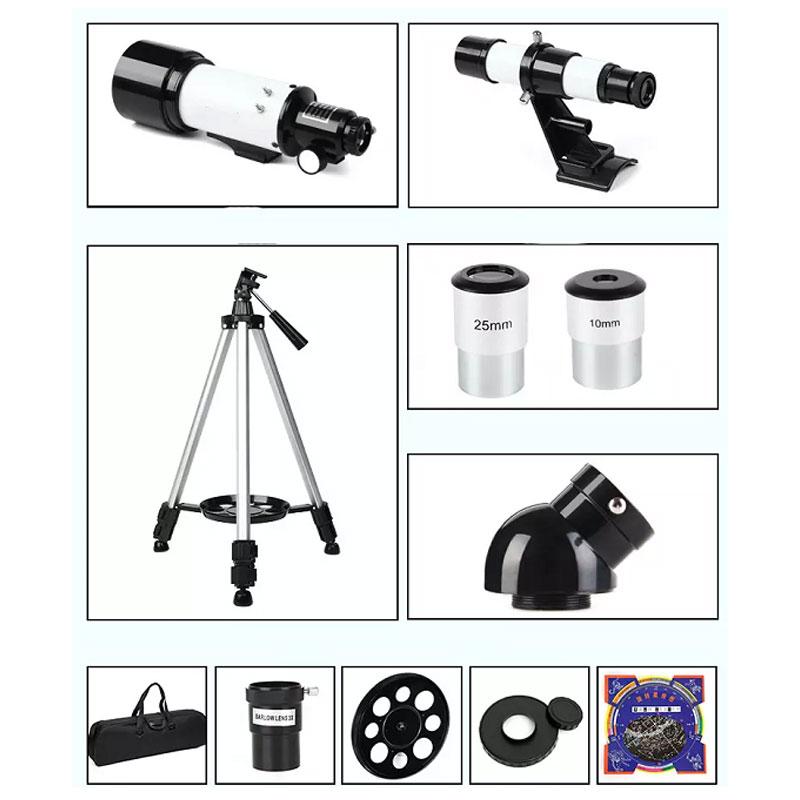
The invention of the telescope is often attributed to Hans Lippershey, a Dutch spectacle maker, who applied for a patent for his device in 1608. Lippershey's telescope was a simple refracting telescope, using a convex objective lens and a concave eyepiece. Although Lippershey is often credited with the invention, there were other contemporaries, such as Jacob Metius and Zacharias Janssen, who also claimed to have created similar devices around the same time.
Galileo Galilei and the Advancement of the Telescope

While Hans Lippershey may have been the first to patent the telescope, it was Galileo Galilei who significantly improved and popularized it. In 1609, upon hearing about the invention, Galileo constructed his own version of the telescope, which had a magnification of about 3x. He continued to refine his design, eventually creating a telescope with a magnification of 20x.
Galileo's improvements to the telescope allowed him to make groundbreaking astronomical observations. He discovered the four largest moons of Jupiter, observed the phases of Venus, and studied sunspots and the rugged surface of the Moon. These observations provided strong evidence for the Copernican heliocentric model of the solar system, challenging the prevailing geocentric model and revolutionizing our understanding of the cosmos.
The Evolution of Telescope Design
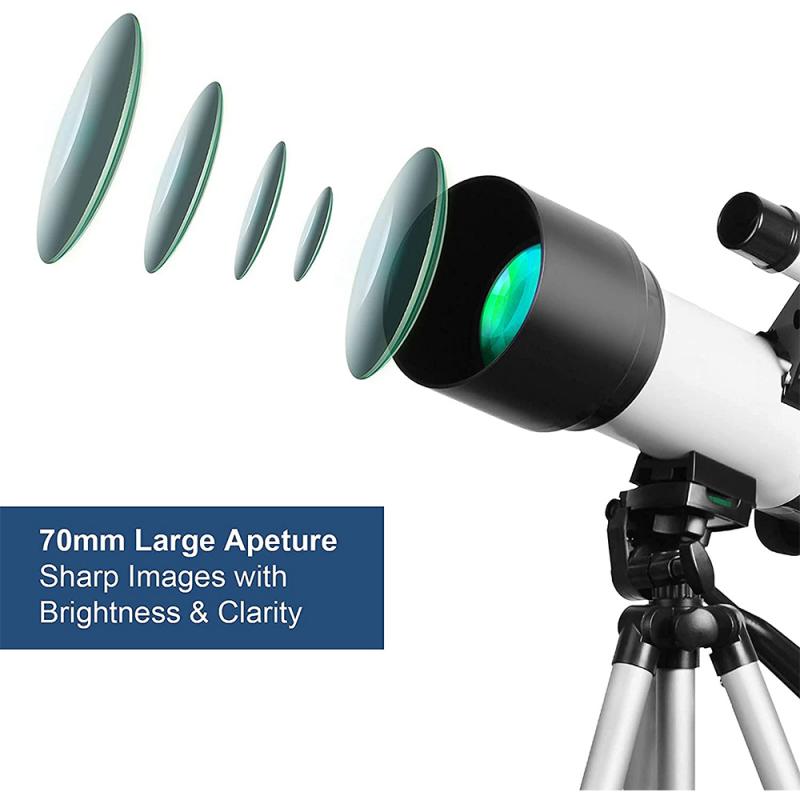
Following Galileo's advancements, the design and construction of telescopes continued to evolve. Johannes Kepler, a German astronomer, proposed a new design in 1611 that used two convex lenses, which allowed for a wider field of view and greater magnification. This design, known as the Keplerian telescope, became the basis for many future telescopes.
In the mid-17th century, Isaac Newton developed the reflecting telescope, which used a curved mirror instead of lenses to gather and focus light. Newton's design addressed the issue of chromatic aberration, a problem in refracting telescopes where different colors of light are focused at different points, causing a blurred image. The reflecting telescope provided clearer and more accurate images, and its design is still widely used in modern telescopes.
The Impact of the Telescope on Science and Society
The invention and subsequent improvements of the telescope had a profound impact on science and society. It opened up new frontiers in astronomy, allowing scientists to observe celestial objects in unprecedented detail. The discoveries made with telescopes challenged long-held beliefs and laid the groundwork for modern astronomy and physics.
The telescope also had a significant cultural impact. It changed humanity's perception of its place in the universe, shifting from an Earth-centered view to a more expansive understanding of the cosmos. This shift had philosophical and theological implications, influencing the scientific revolution and the Enlightenment.
Modern Telescopes and Their Capabilities
Today, telescopes have advanced far beyond the simple designs of the 17th century. Modern telescopes, both ground-based and space-based, use sophisticated technology to observe the universe across a wide range of wavelengths, from radio waves to gamma rays. The Hubble Space Telescope, launched in 1990, has provided some of the most detailed and awe-inspiring images of the universe, contributing to numerous scientific discoveries.
Ground-based observatories, such as the Very Large Telescope (VLT) in Chile and the Keck Observatory in Hawaii, use adaptive optics and other advanced techniques to achieve remarkable clarity and resolution. These observatories continue to push the boundaries of our knowledge, exploring everything from the formation of stars and galaxies to the search for exoplanets and the study of dark matter and dark energy.
The invention of the telescope in the early 17th century marked a turning point in the history of science. From the initial designs by Hans Lippershey and the groundbreaking observations by Galileo Galilei to the sophisticated instruments used by modern astronomers, the telescope has continually evolved and expanded our understanding of the universe. Its impact on science, culture, and our perception of the cosmos cannot be overstated. As technology continues to advance, the telescope will undoubtedly remain a crucial tool in our quest to explore and understand the vast and mysterious universe we inhabit.



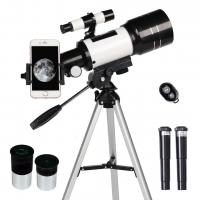
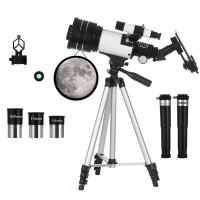

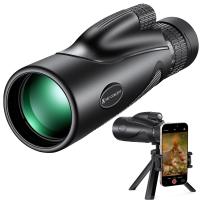

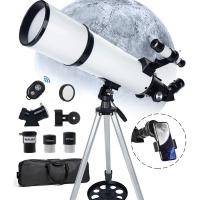
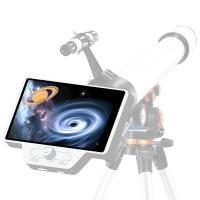
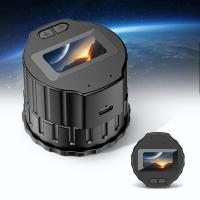
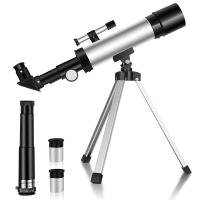

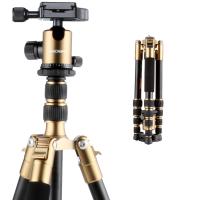





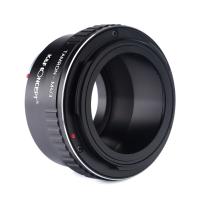


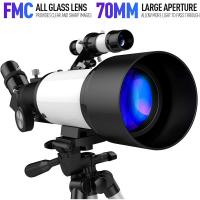


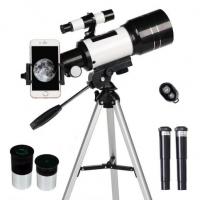












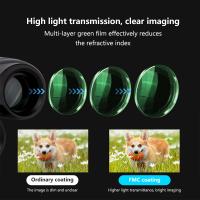



There are no comments for this blog.